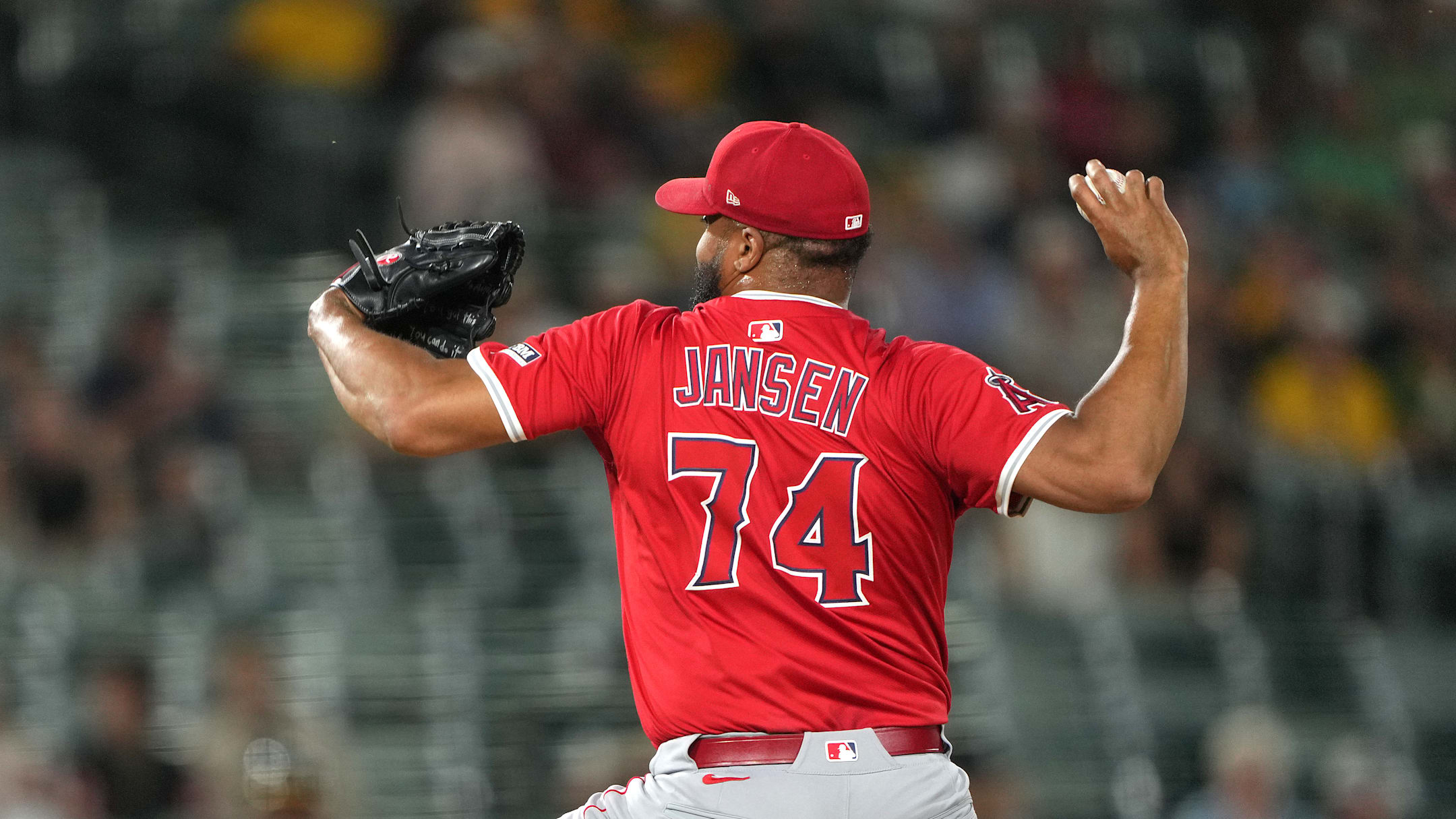
The Angels have encountered numerous challenges during the ups and downs of their early-season campaign. At times, both their offense and starting rotation have shown promise, only to be followed by stretches of poor performance. The team has alternated between exciting play that exceeded expectations and prolonged slumps where nothing seemed to go right.
One persistent issue, however, has been the bullpen, which has consistently underperformed. The group took a major hit when Ben Joyce suffered a season-ending injury in early April, and the constant lineup changes in the bullpen have only added to the instability.

Some growing pains were expected, especially since the Angels leaned into a youth movement for their Opening Day bullpen. Aside from veteran Kenley Jansen, the team featured rookies Garrett McDaniels and Ryan Johnson, converted starters Reid Detmers and Ian Anderson, and two other unproven arms in Ryan Zeferjahn and Brock Burke.
While Jansen started strong, his recent struggles, coupled with the underwhelming performance of the inexperienced relievers and a string of injuries, have left the bullpen in disarray.
As of May 21, the bullpen holds the worst ERA in the league at 6.66 and has been the most discouraging aspect of the team so far. Still, if the Angels can address this key weakness, the outlook for their relief corps might not be quite so grim.
Fixing this one stat would do a world of good for the Angels’ bullpen
One major factor behind the Angels’ bullpen struggles this season has been their tendency to give up home runs. Based on home runs allowed per nine innings (HR/9), they lead the league by a wide margin in this negative category. Angels relievers are allowing a league-high 1.78 HR/9, well ahead of the next-worst team, the Diamondbacks, at 1.37.

Another way to look at it: 16.4% of the fly balls allowed by the Angels’ bullpen turn into home runs—the worst rate in the majors and two percentage points higher than the next team, the Dodgers.
Aside from the home run problem, the bullpen hasn’t been good, but it also isn’t as disastrous as the ERA would suggest. They’re middle-of-the-pack in strikeouts, ranking 14th with 8.73 K/9.
In a league where velocity matters, Angels relievers average 95.2 mph on their fastballs, which is 12th-best. They’re also moderately effective at inducing ground balls, ranking 21st with a 41.1% ground ball rate. Walks have been a problem—4.37 BB/9—but even that places them 25th, which is considerably better than their standing in ERA.
To understand what the bullpen actually is—and what it could be—it’s useful to compare their ERA to their xFIP. xFIP (expected fielding-independent pitching) is similar to FIP but adjusts home run rates to a league-average 10.5%.
For the Angels, that adjustment would cut their HR/FB rate by nearly six percent. As a result, their bullpen’s xFIP drops to 4.46—more than two runs lower than their ERA and the widest gap in the majors.
An xFIP of 4.46 would rank 21st in MLB, just behind the Pirates. Still below average, but a far cry from the disastrous results they’ve actually posted.
Of course, eliminating home runs is easier said than done. But if the Angels can limit the crushing mistakes in the strike zone, the underlying numbers suggest their bullpen is more mediocre than terrible.
With the rest of the team—lineup and rotation—beginning to come together, even a slightly improved bullpen would be a major lift for a club aiming to be competitive in 2025.



Be the first to comment